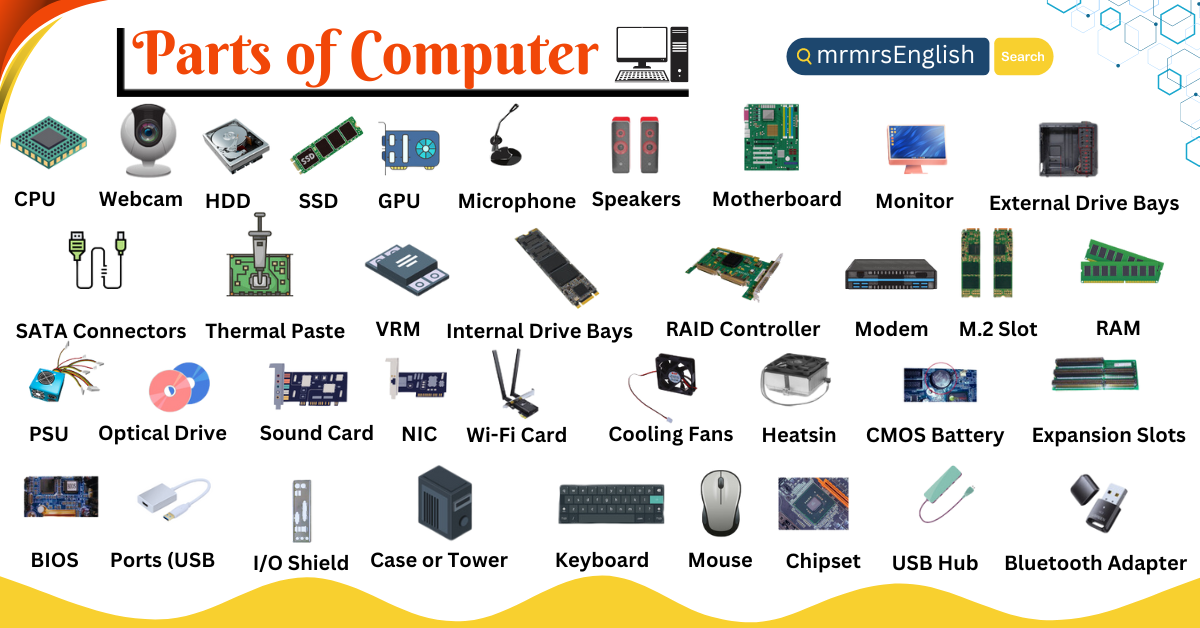In tech-driven environment, enhancing your computer can often feel like a daunting undertaking, particularly when confronted with the high costs of pristine components. Still, there's a hidden gem in the technology market that can assist you elevate your setup without breaking the bank: excess computer parts. These components, which are frequently overstock items, returned items, or refurbished products, provide an cost-effective solution to purchasing latest products. By delving into the world of surplus parts, you can discover top-notch technology at a reduced cost of the market price, allowing you to upgrade your PC experience while staying within your budget intact.
Exploring the excess market, though, demands a keen eye and some understanding about what to search for to guarantee you are getting value for money. From video cards to mainboards and further, knowing the key features and traits of surplus components is crucial to executing informed investments. This resource will steer you through the essential aspects of purchasing surplus components, offering tips on evaluating quality, spotting real products, and finding the greatest bargains. Whether you're a not-so-technical user wanting to do a small upgrade or a gaming enthusiast seeking to construct a cost-effective rig, exploring excess components can be your gateway to budget-friendly and powerful computing enhancements.

Buying Surplus Computer Parts: A Thorough Guide
When considering upgrades for your computer system, surplus stock computer parts can provide an budget-friendly avenue for enhancing performance without breaking the bank. Understanding the nuances of buying surplus components is essential, as not all surplus parts are of equal quality. Factors to note include the quality of the items, compatibility with your current system, and the credibility of the seller. This guide will help guide these aspects, guaranteeing that your investment leads to a successful upgrade.
To start, it's essential to know what to look for in surplus parts. Each component, from motherboards to graphics cards, has distinct characteristics that determine its quality and suitability. For instance, analyzing the physical condition of a used motherboard or inspecting the specifications of a surplus GPU can make a notable difference in your upgrade experience. Familiarizing yourself with the usual benchmarks and specifications for each part will arm you with the knowledge needed to make knowledgeable decisions.
Furthermore, understanding where to buy surplus computer parts can significantly impact availability and pricing. A variety of online marketplaces, local computer shops, and specialized surplus retailers can offer a variety of options. Always investigate the seller's trustworthiness and customer feedback; reputable sources tend to have better standards, reducing the chances of coming across counterfeit or defective items. By following these tips, you can turn your surplus part shopping into a rewarding endeavor that enhances your computing experience.
Reviewing Standards: Methods to Identify Trustworthy Parts
When shopping for surplus computer components, the caliber of components is paramount. Start by examining the reputation of the items you are considering. Reputable brands are generally more trustworthy, as they have a track record of producing durable and high-performing products. Seek out testimonials or ratings from previous buyers to assess the caliber and performance of individual items. Pay attention to any mentioned concerns, as frequent complaints can be a cause for concern.
An additional important aspect to assess is the physical condition of the components. Check for signs of deterioration, such as scratches, indentations, or oxidation, notably in critical items like power supplies or mainboards. Circuit boards should be free from burn marks or imperfections. For parts like memory modules or GPUs, ensure that all attachments are functional and that there are no lacking pins. If feasible, ask for pictures of the specific parts before acquiring to review their condition.
In conclusion, evaluate the testing history of the excess parts. Trusted sellers will often provide information on whether the parts have been evaluated for operational status. Find sellers that offer a return policy or refund option, as this can give you reassurance regarding your purchase. If a part comes without any guarantee, it may be cautious to handle with wariness, as unseen defects can lead to additional costs down the line. Taking the time in assessing these factors can prevent potential problems in the future.
Maximizing Worth: Advice for Wise Purchasing Choices
When shopping for additional computer parts, it's essential to do thorough research in advance. Familiarize oneself with the details of the items you need and their standard market prices. Leverage digital forums, comparison-shopping sites, and resources to grasp what is considered a reasonable price for excess items. Be informed will help you identify good deals and prevent overpaying for components that don’t satisfy your functionality needs.
Think about purchasing from reputable suppliers that have a track record of providing dependable surplus parts. Seek out sellers who include returns or warranties, as these can offer confidence. Digital marketplaces, local computer stores, and electronics recycling centers can often be great places to find reliable components. Establishing https://www.fcsurplus.ca/shopping/products/c376-computer-equipment/ with trusted suppliers may also result in unique deals or prior notifications on new inventory.
Ultimately, always inspect items when practical. Whether it’s checking for physical damage, ensuring connections are secure, or testing functionality, taking the time to evaluate surplus parts can spare you from expensive mistakes. Never hesitate to leave from deals that don’t meet your standards, as there will always be other chances. With these intelligent purchasing strategies, you can maximize the value of your extra computer parts and experience a cost-effective upgrade.
